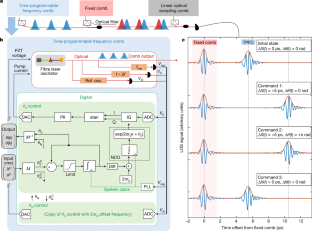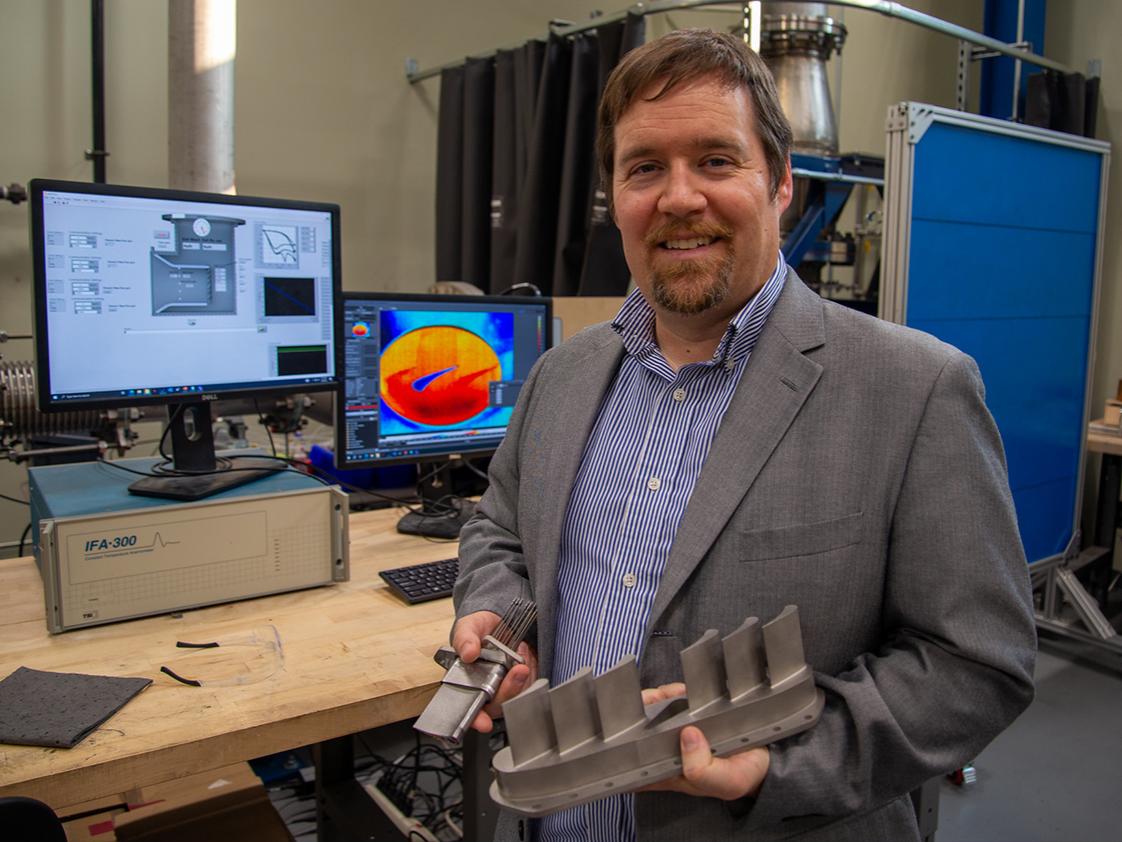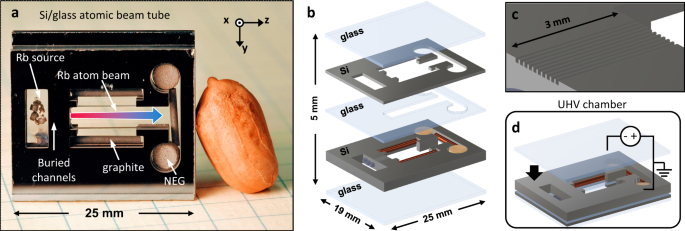2023-06-21 米国国立標準技術研究所(NIST)
◆この方法により、地上から36,000キロメートル離れた静止軌道上の衛星との時間同期がフェムト秒単位の精度で可能になり、既存の衛星アプローチと比べて1万倍優れた精度を実現します。
◆この手法は大気の影響に対して高い頑健性を持ち、大陸間で時計を比較することができるため、国際標準時を光学基準に再定義する可能性があります。さらに、光学原子時計を世界中でリンクさせることで、ダークマターや一般相対性理論の検証など、さまざまな基礎物理学的な測定につながる可能性があります。
◆この実験により、将来のセンシングネットワークのタイミングバックボーンを形成するための新たなツールが実現しました。今後は、システムのサイズや重量、電力をさらに削減し、移動プラットフォームでの使用にも適応することを目指しています。
<関連情報>
- https://www.nist.gov/news-events/news/2023/06/nist-lays-groundwork-future-ultra-precise-timing-links-geosynchronous
- https://www.nature.com/articles/s41586-023-06032-5
- https://www.nature.com/articles/s41586-022-05225-8
将来の静止衛星リンクのための量子限界光時間転送 Quantum-limited optical time transfer for future geosynchronous links
Emily D. Caldwell,Jean-Daniel Deschenes,Jennifer Ellis,William C. Swann,Benjamin K. Stuhl,Hugo Bergeron,Nathan R. Newbury & Laura C. Sinclair
Nature Published:21 June 2023
DOI:https://doi.org/10.1038/s41586-023-06032-5

Abstract
The combination of optical time transfer and optical clocks opens up the possibility of large-scale free-space networks that connect both ground-based optical clocks and future space-based optical clocks. Such networks promise better tests of general relativity1,2,3, dark-matter searches4 and gravitational-wave detection5. The ability to connect optical clocks to a distant satellite could enable space-based very long baseline interferometry6,7, advanced satellite navigation8, clock-based geodesy2,9,10 and thousandfold improvements in intercontinental time dissemination11,12. Thus far, only optical clocks have pushed towards quantum-limited performance13. By contrast, optical time transfer has not operated at the analogous quantum limit set by the number of received photons. Here we demonstrate time transfer with near quantum-limited acquisition and timing at 10,000 times lower received power than previous approaches14,15,16,17,18,19,20,21,22,23,24. Over 300 km between mountaintops in Hawaii with launched powers as low as 40 µW, distant sites are synchronized to 320 attoseconds. This nearly quantum-limited operation is critical for long-distance free-space links in which photons are few and amplification costly: at 4.0 mW transmit power, this approach can support 102 dB link loss, more than sufficient for future time transfer to geosynchronous orbits.
時間プログラマブル周波数コムと量子限定測距におけるその利用 The time-programmable frequency comb and its use in quantum-limited ranging
Emily D. Caldwell,Laura C. Sinclair,Nathan R. Newbury & Jean-Daniel Deschenes
Nature Published:05 October 2022
DOI:https://doi.org/10.1038/s41586-022-05225-8

Abstract
Two decades after its invention, the classic self-referenced frequency comb laser is an unrivalled ruler for frequency, time and distance metrology owing to the rigid spacing of its optical output1,2. As a consequence, it is now used in numerous sensing applications that require a combination of high bandwidth and high precision3,4,5. Many of these applications, however, are limited by the trade-offs inherent in the rigidity of the comb output and operate far from quantum-limited sensitivity. Here we demonstrate an agile programmable frequency comb where the pulse time and phase are digitally controlled with ±2-attosecond accuracy. This agility enables quantum-limited sensitivity in sensing applications as the programmable comb can be configured to coherently track weak returning pulse trains at the shot-noise limit. To highlight its capabilities, we use this programmable comb in a ranging system, reducing the required power to reach a given precision by about 5,000-fold compared with a conventional dual-comb system. This enables ranging at a mean photon per pulse number of 1/77 while retaining the full accuracy and precision of a rigid frequency comb. Beyond ranging and imaging6,7,8,9,10,11,12, applications in time and frequency metrology1,2,5,13,14,15,16,17,18,19,20,21,22,23, comb-based spectroscopy24,25,26,27,28,29,30,31,32, pump–probe experiments33 and compressive sensing34,35 should benefit from coherent control of the comb-pulse time and phase.



